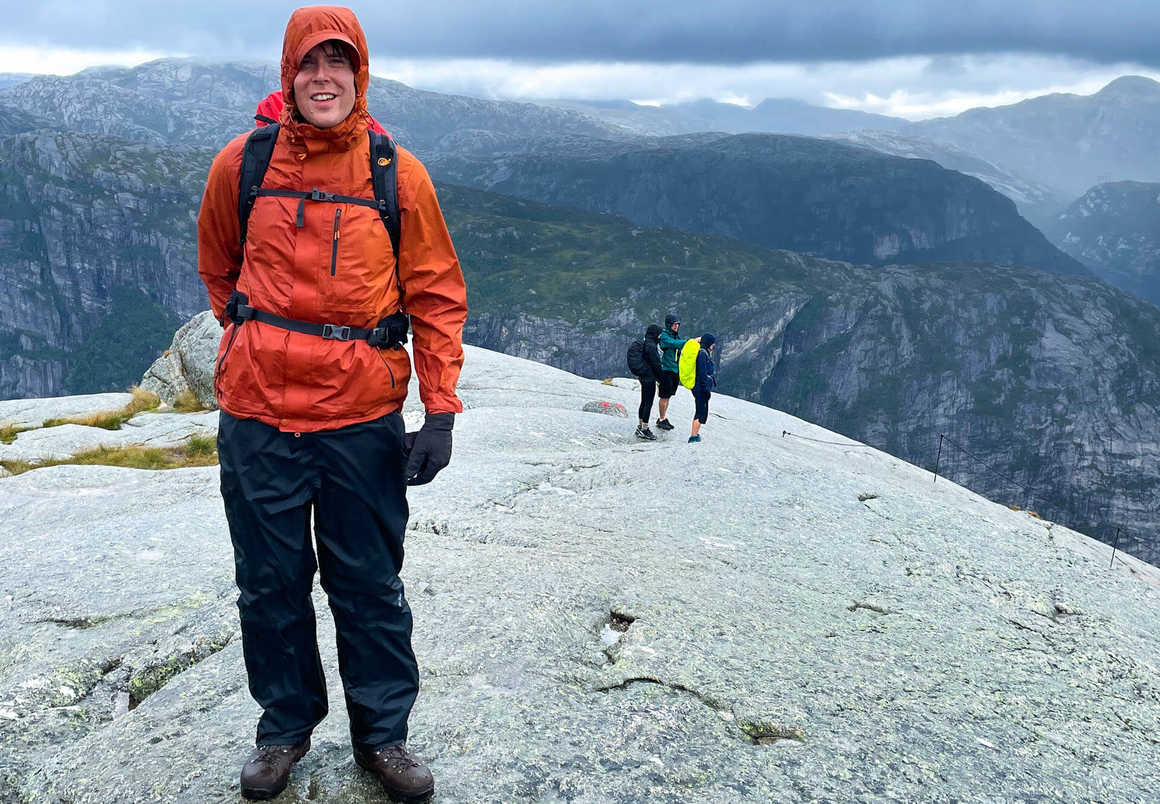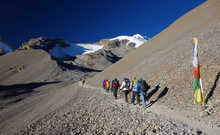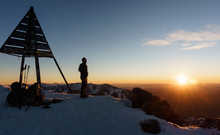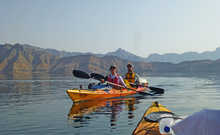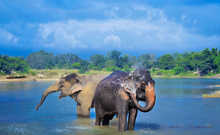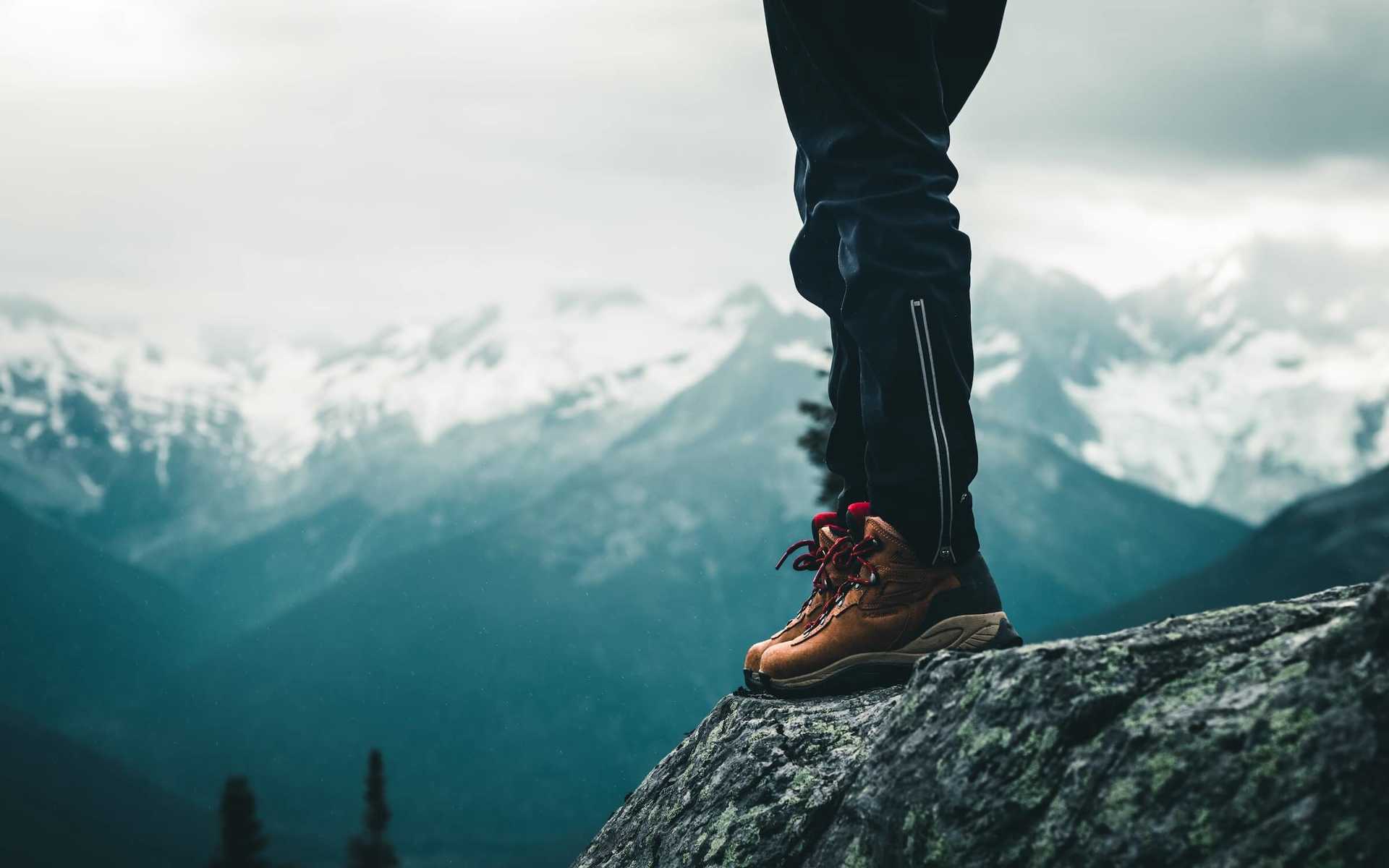Trekking gear has always been a tricky subject. When you meet someone out on the trail, you're likely to subconsciously scan their kit before you even say "hello". It can have the effect of being like you're on a catwalk when out hiking, especially when you are in the market for new gear.
There are the “best brand-name only” trekkers, who have the top-of-the-line shiny gear that matches the latest magazine ads and fiber research stats, and there are the hikers that push on in their trainers and jackets that have long since lost any weather-proofing they had to the winds of time.
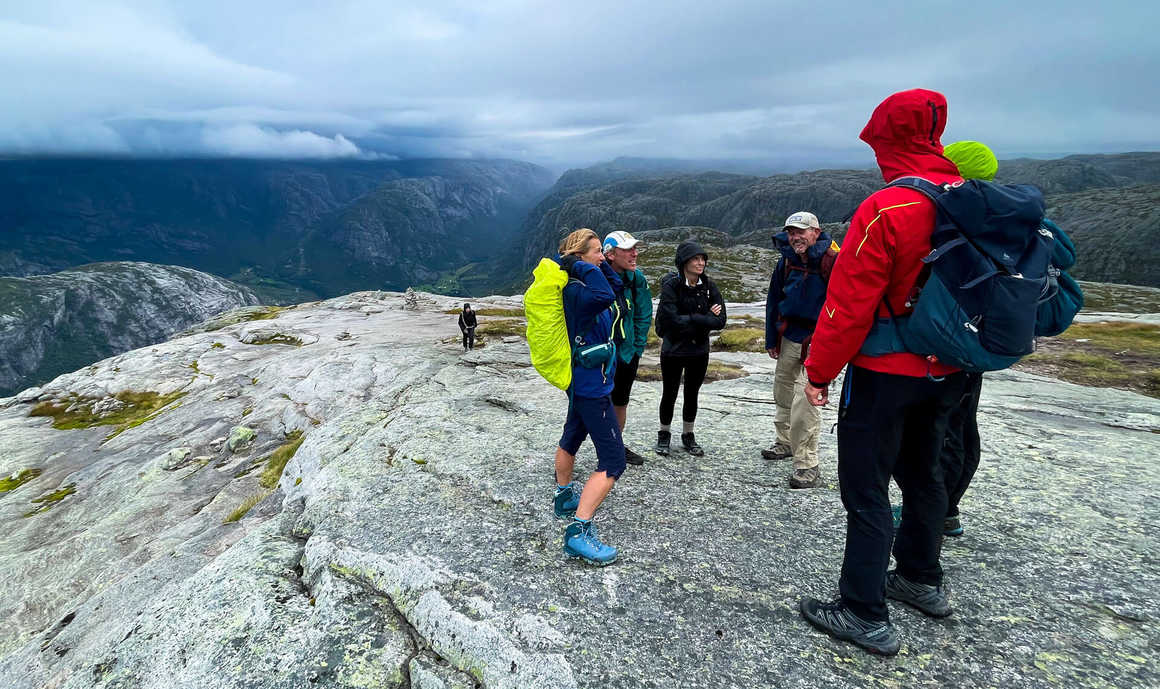
Most of us are somewhere in between. Good quality gear is expensive, and when we buy new items it takes a lot of thought and research. Certain brands evoke a certain sense of quality and there's A LOT of mixed information about what is the right kind of gear to buy. Here we've done our best to make some of those decisions a little easier and give some tried and tested recommendations.
Hiking Boots
Let's start with boots - this is by far the most important piece of hiking gear that any trekker can purchase, and it pays off to do a lot of research before deciding on the perfect pair. The perfect boots will help you withstand all weather conditions, be waterproof, lightweight, and protect your toes from impact.
Most of all, they have to be comfortable.
- Leather - it's still heavily used in state-of-the-art boots, and it's most often used in one piece - this means that there are no seams that can be prone to leakage. The more "single piece" the better. Leather makes for very lightweight construction.
- Single/Double synthetic - heavier but more waterproof materials. In fact, modern boots would not be possible without synthetic materials. Double booths have additional removable insulation.
Hiking boots come in all sorts of shapes and sizes, and you may also prefer to look at hiking shoes, which in some cases might do for light hiking. For a multi day trek though we do recommend boots as they support your ankles on those long and strenous walks. Importantly you'll find the better quality boots are ones that are hand made with care and attention, but they come at a price. Whether you are on a budget or ready to spend to have something lifelong lasting, here's the need to know information.
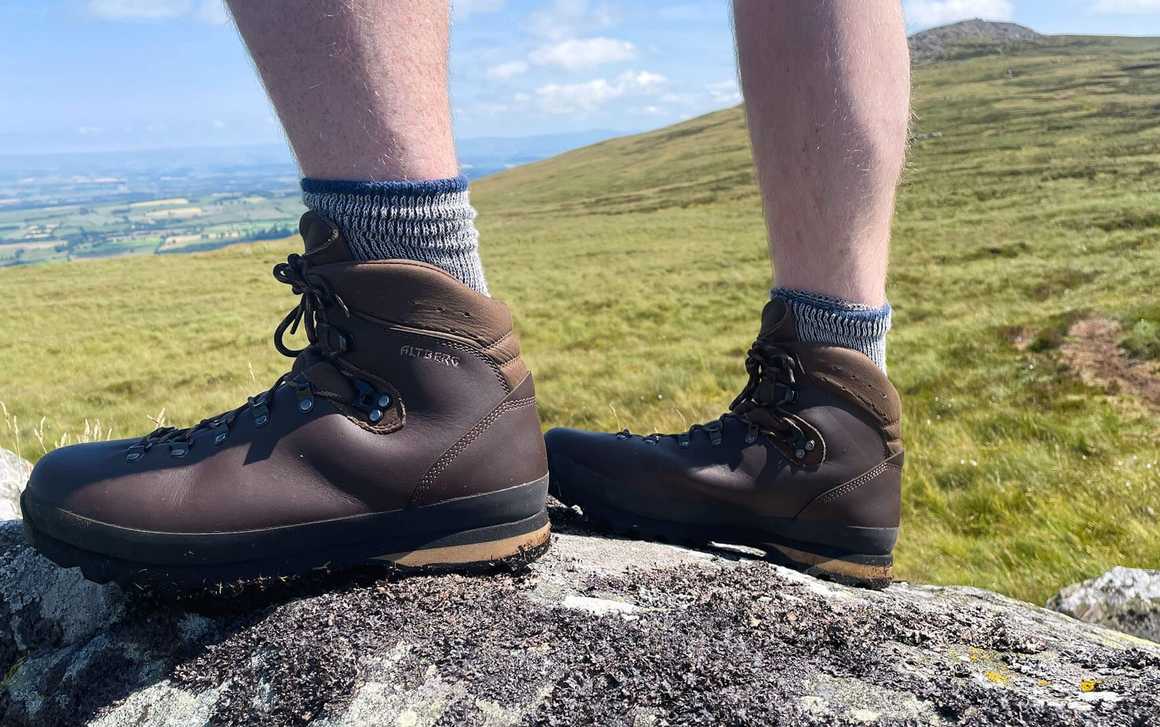
and Hi-Tec.
Our best advice is to talk to someone in a store and get a proper fitting and test session. If you're planning on doing a number of hikes now and in the future, get something robust and long lasting, these will cost more, but they will likely last you a lifetime if you care for them.
Socks
Jackets
Hard Shell, Soft Shell and Insulated
A 'shell' is your first defense against the weather and can also refer to trousers hats and other outer layer clothing. With jackets there are two different types of shell, hard and soft. They are named as such based on their different construction which we've detailed below. Which one you wear is dependent on conditions, so having both in your outdoor arsenal is recommended.
HARD SHELL
If you want to be chiefly protected from the elements like wind and rain you need a good quality hard shell. These are different to soft shells in that they are tougher, harder construction as the name suggest, giving them a robust and rigid quality. You'll know when you're trying on a hard shell, they feel like wearing some sort of armour.
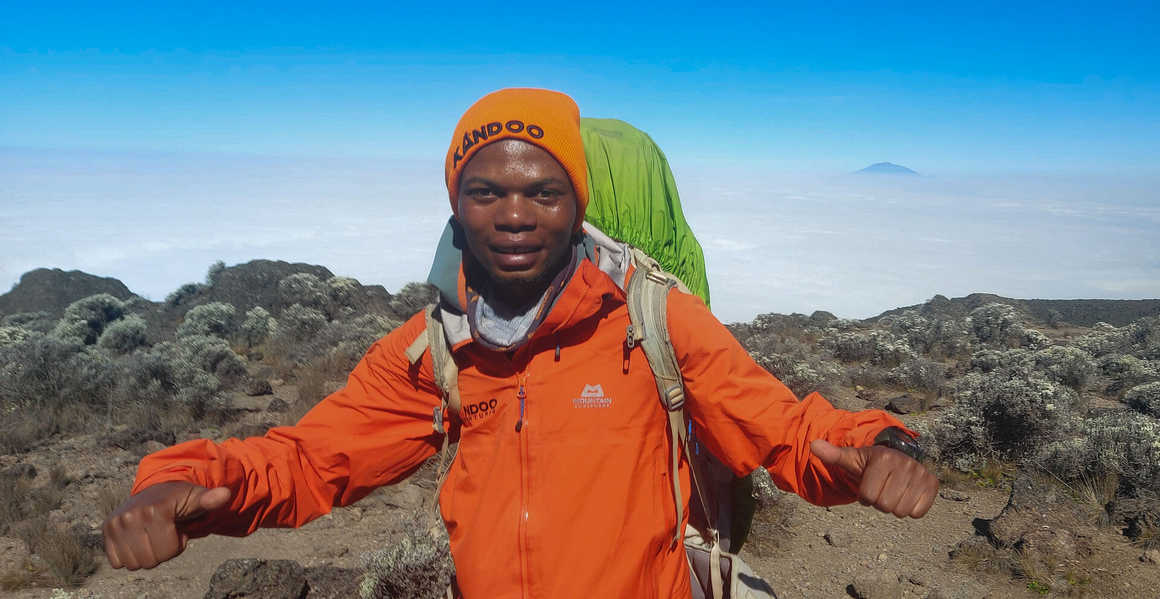
SOFT SHELL
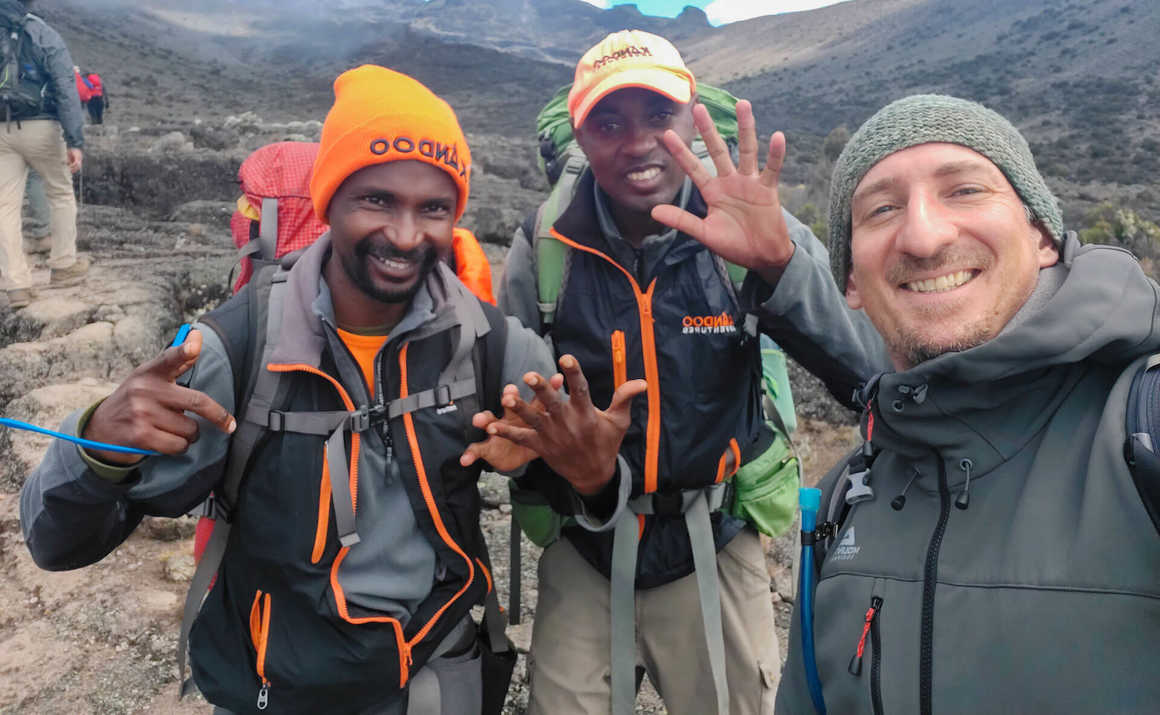
Insulated
Commonly having a distinctive ribbed look, an insulated jacket is usually stuffed with down (feathers), or a synthetic equivalent. You can get these with varying degrees of rain resistance. If you’re going to have changeable weather, the more waterproof the better. Though an insulated jacket will afford great warmth and wind resistance, they are going to be less rain resistant than a hard shell.
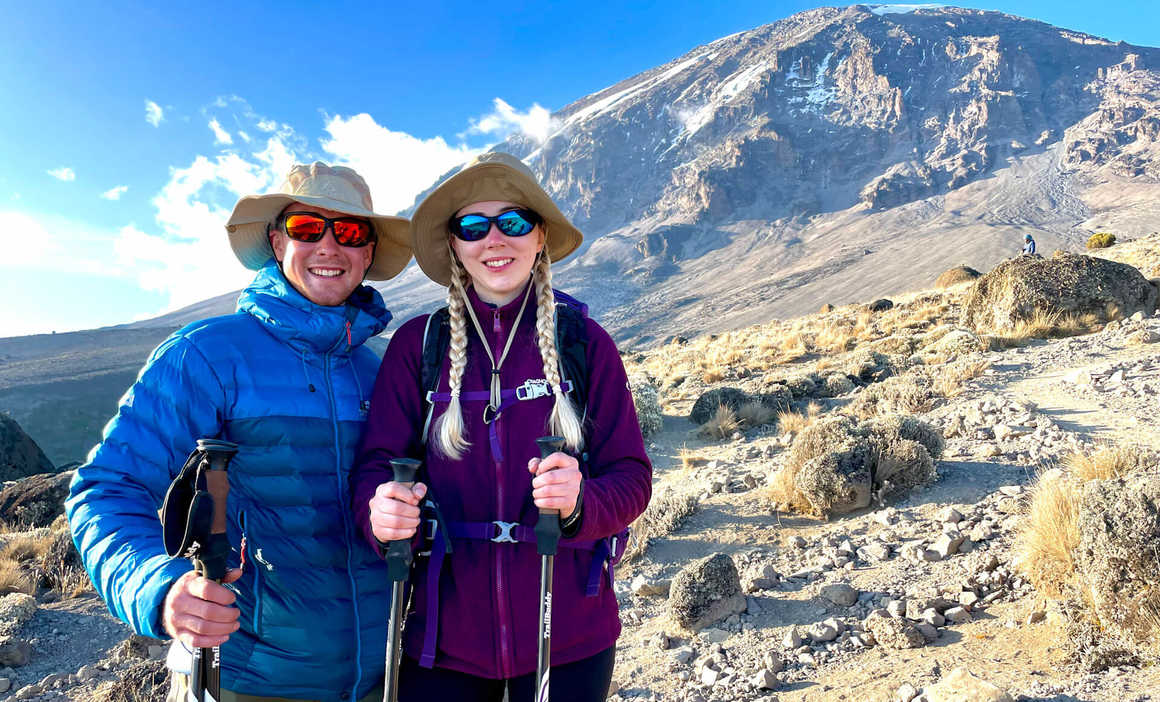
Backpacks
No essential hiking or trekking gear list would be complete without mentioning the backpack - a piece of equipment that you cannot do without. Where else are you going to put your toilet paper, camera, insect repellent, clothes, extra batteries, first aid kit, sun protection, water bottle, food, and other most essential gear?
We’re going to focus on your daypack, as on all our trips this is going to be the thing you will chiefly carry on your back throughout your adventure. A day pack is considered to be anything between 20 to 50 litres in size. So first hurdle, what size of daypack do you need? Whether you’re carrying a camera, lots of water or all your waterproofs all the time to be safe, you need to consider which size works for you. With nearly everyone the easiest and best thing to do is land in the middle and go for a 35 litre day pack. Big enough for your lunch, waterproofs and all those little things you need.
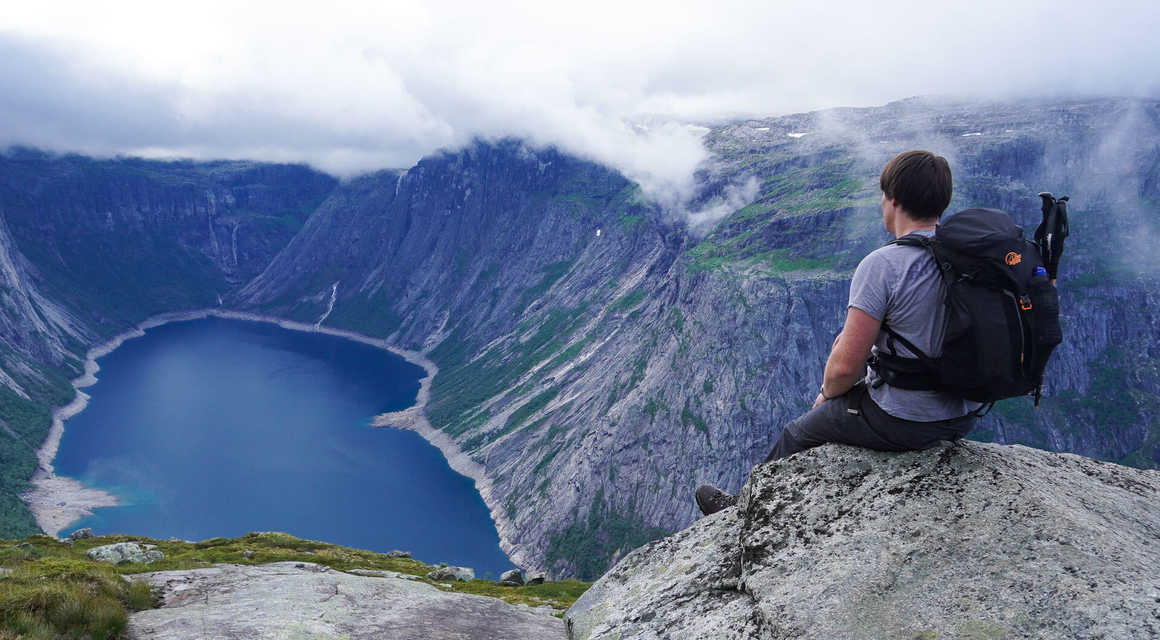
Most backpacks include:
- Reliable rain cover
- Hip belts (help to redistribute the weight and keep it off your back and shoulders!)
- Many adjustment options
- Lightweight
- Breathable and ventilated
- Compartments for hydration
- Padded back
- Internal frame
With backpacks again, we recommend not cheaping out, but don’t feel you need to go overboard. Our top tip is you want a well constructed pack that is designed with air space between your back and the bag. One essential tip is to try all the zips and clips and see how they feel and behave. It seems silly, but with so many different systems out there if you struggle to work them in the store, you will likely get frustrated on your hike. Trust us, if you're in Iceland or Greenland and want to grab a photo of a whale you just spotted, you don't want to struggle getting to your camera.
Trousers
We cannot emphasise enough how good a pair of hiking trousers are for comfort out on the trail. All hiking trousers are designed to be lightweight, but not all are created equal. The best thing to again is try many types in a store and ask yourself what features you will likely need.
If you want all weather trousers you can get waterproof walking trousers but an all in one solution will cost you and leave you with less flexibility and more weight. Getting a simple comfortable and cheaper walking trouser and an additional pair of overtrouser waterproofs are a good option. It just means if you’re caught out you’ll need to quickly whip them on mid hike.
Finally
